To See the Dawn. Baku, 1920 - First Congress of the Peoples of the East
Extraits

Histoire et Philosophiesophie
Thinking about Physics
01/2000
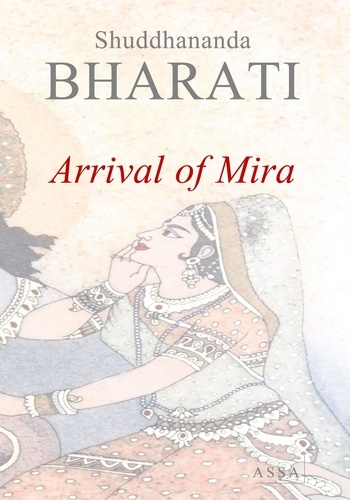
Théâtre
Arrival of Mira, Love story between Bhojan and Mira
03/2013

Anglais apprentissage
Tales from Longpuddle
07/2010

Anglais apprentissage
Acacia thorn in my heart
09/2001
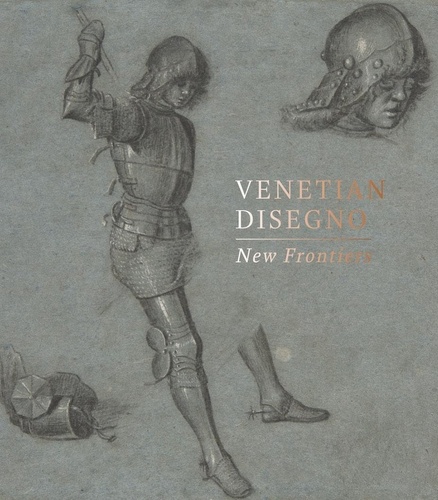
Monographies
Venetian Disegno. New Frontiers
03/2024

12 ans et +
Les 8 royaumes mortels Tome 1 : La cité de Pierre-de-Vie
06/2019
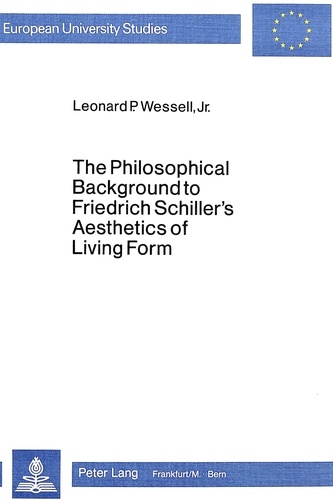
Non classé
The Philosophical Background to Friedrich Schiller's Aesthetics of Living Form
12/1982

Non classé
Experimental Social Dilemmas
12/1986

Roman d'amour, roman sentiment
Don’t leave me
07/2022
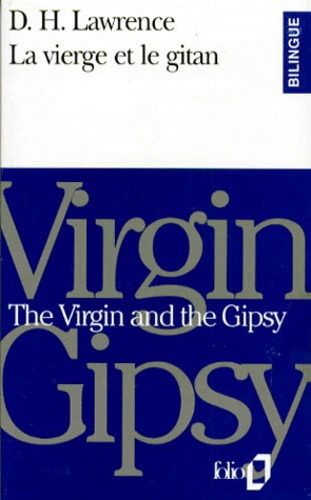
Anglais apprentissage
LA VIERGE ET LE GITAN : THE VIRGIN AND THE GIPSY
02/1993

Religion jeunesse
The beautiful dolls of Julia are getting married. Numéro 22
10/2018

Religion jeunesse
The beautiful dolls of Julia are celebrating the assumption of the blessed virgin Mary. Numéro 15
05/2019

Non classé
Covenant and Liberation
01/1991
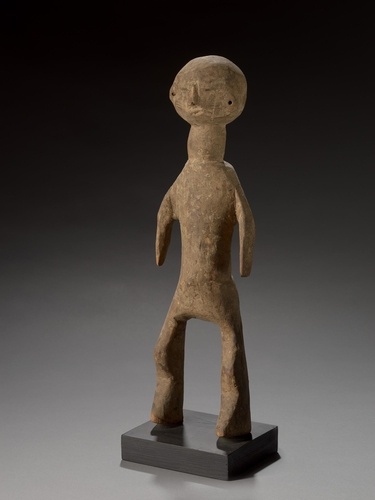
Monographies
Arts du Nigéria Central revisités. Mumuye et peuples environnants
05/2023

Non classé
The Church of Constantinople in the Nineteenth Century
02/2013
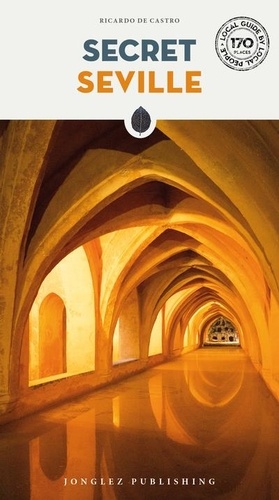
Espagne
Secret Seville
04/2022

Non classé
Métissage in New France and Canada 1508 to 1886
08/2009
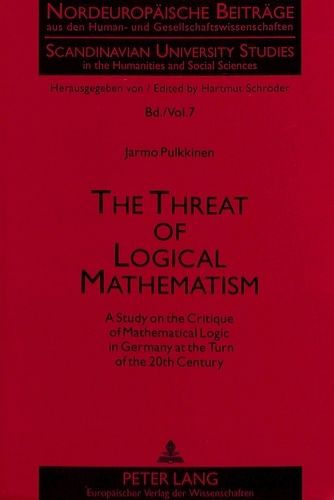
Religion
The Threat of Logical Mathematism
07/1994
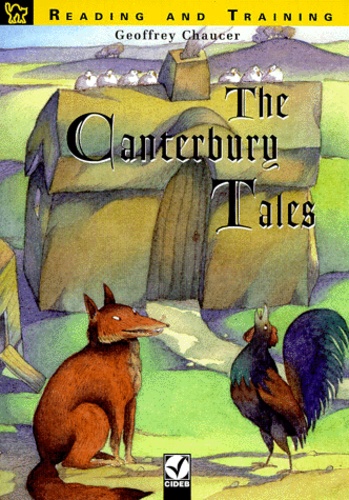
Anglais apprentissage
THE CANTERBURY TALES. Avec cassette audio
06/1999
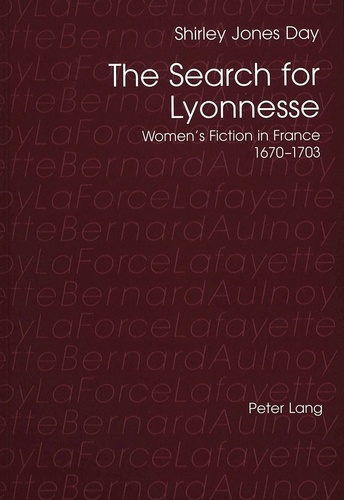
Non classé
The Search for Lyonnesse
07/1999
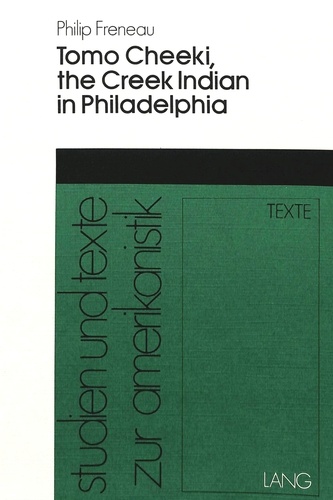
Non classé
Philip Freneau- Tomo Cheeki, the Creek Indian in Philadelphia
12/1987

Non classé
Read Ancient African scripts from any current African language. Volume 2
05/2020
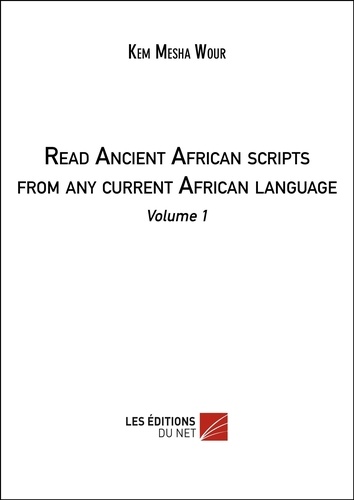
Non classé
Read Ancient African scripts from any current African language. Volume 1
05/2020
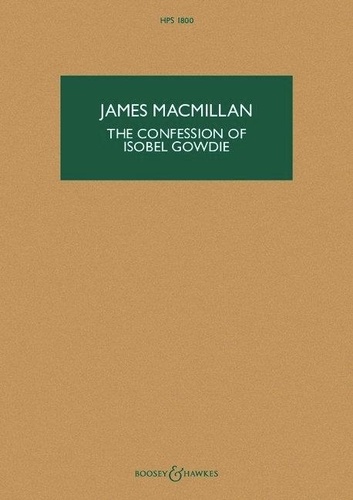
Opéra
The Confession of Isobel Gowdie. HPS 1800. orchestra. Partition d'étude.
01/2024
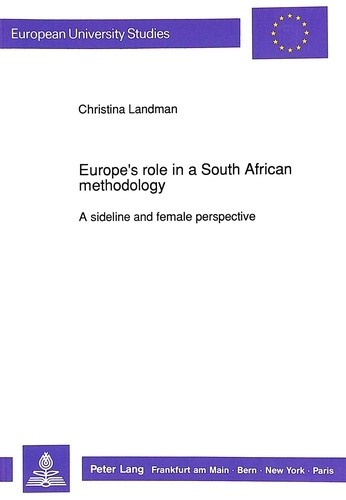
Droit
Europe's Role in a South African Methodology
12/1991
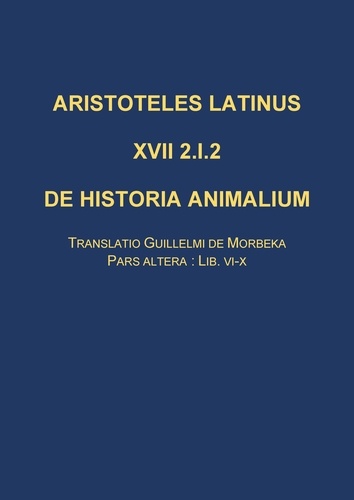
Aristote
De historia animalium. Translatio Guillelmi de Morbeka, Pars altera: lib. VI-X. Edition bilingue anglais-latin
05/2021
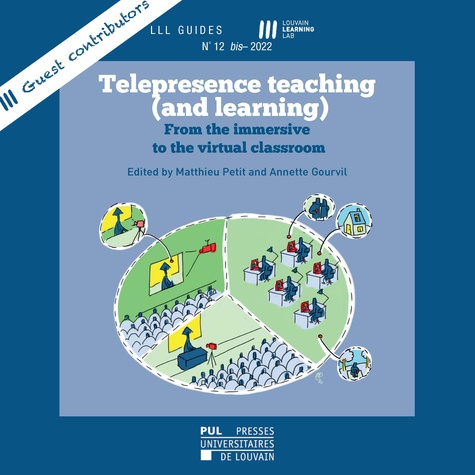
Sociologie
Cahiers du LLL n° 12 bis – Telepresence teaching (and learning). From the immersive to the virtual classroom
06/2022

Livres 0-3 ans
YAOUNDÉ BABA SCARED?....ME?....NO WAY!
10/2017

Littérature française
Beast of the East
05/2019

Science-fiction
Final Fantasy XV. The Dawn of the Future
09/2020

